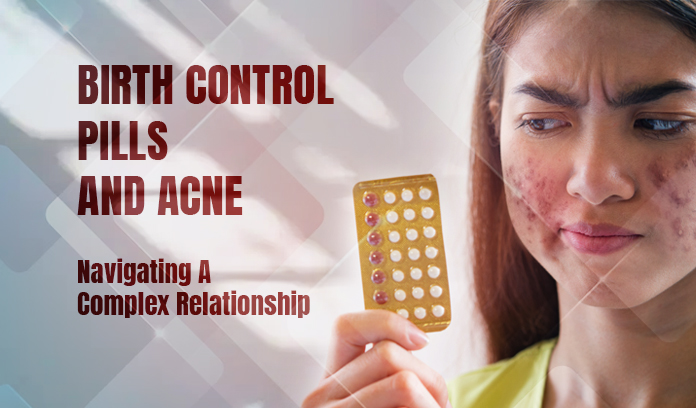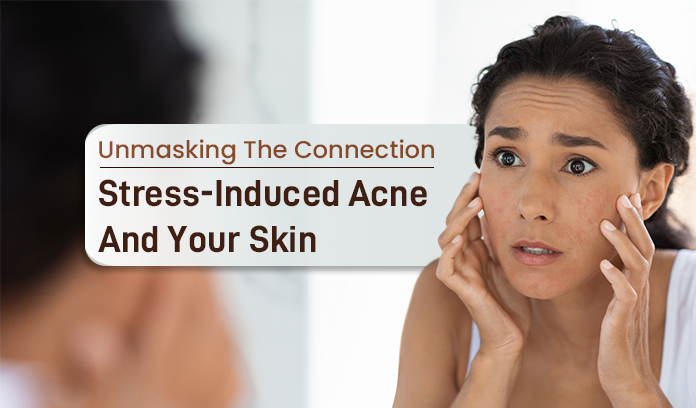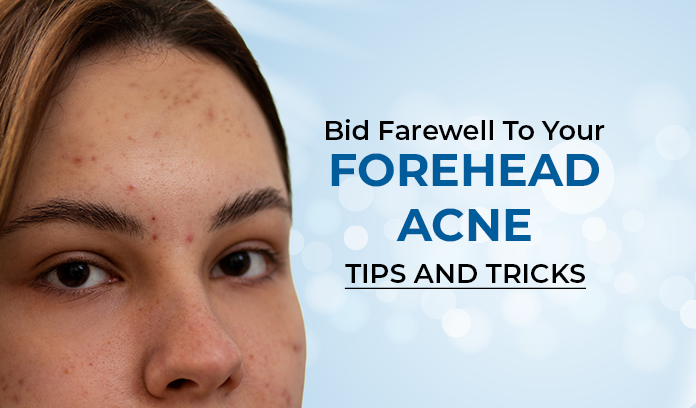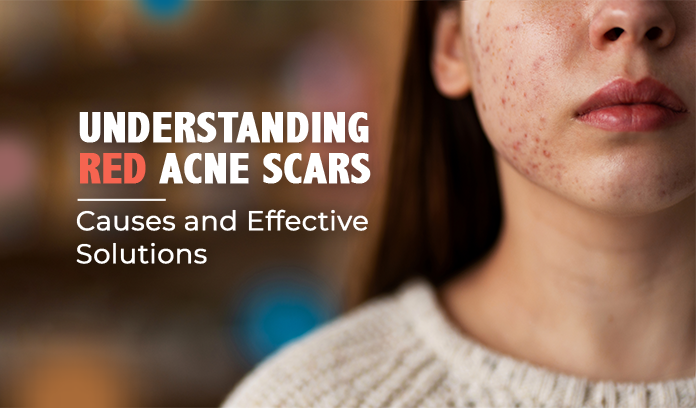When it comes to skincare woes, acne is an increasingly common issue affecting millions around the world. However, not all acne is the same. Fungal acne, for example, results from yeast overgrowth on the skin.
In this blog, we will explore causes, symptoms, and treatment remedies for fungal acne.
Causes of Fungal Acne
Fungal acne occurs when a specific type of yeast called Malassezia multiplies excessively. It is naturally present on the skin and factors that contribute to its overgrowth include excessive sweating, tight clothing, humid temperatures, and skincare occlusives.
The main trigger of fungal acne breakouts is that the yeast inflames the hair follicles, causing pimple-like tiny bumps.
Symptoms
Unlike regular or mild acne, fungal acne breakouts don’t have blackheads or whiteheads.
It typically appears on the skin as small, red, and itchy bumps in cluster-like form.
Fungal acne scars are uniform in size and can be found on the chest, back, upper arms, and shoulders.
Prevention
Even though there’s no surefire way to prevent fungal acne breakouts, it is possible to keep it at bay with the help of a few methods.
However, to prevent or minimize fungal acne, it is imperative to eliminate factors that promote yeast overgrowth. This includes avoiding heavy and comedogenic products, changing out sweaty clothes promptly, and keeping the skin clean.
Pro tip: Opt for lightweight, oil-free, non-comedogenic moisturizers that absorb quickly into the skin.
It is also important to regularly wash your pillowcases, towels, and other belongings to prevent recurring infections.
Treatment
When treating fungal acne, it is essential to target the underlying yeast growth for visibly effective results.
Use of over-the-counter antifungal gels and creams that contain ingredients such as ketoconazole or pyrithione zinc, effectively help combat underlying yeast.
It is also important to maintain good personal hygiene, wearing breathable quality fabrics and keeping affected areas clean, dry, and sweat-free.
Remember to avoid excessive sweating or promptly change out of sweaty clothing post a workout.
Conclusion
While fungal acne can be an uncomfortable skin condition to have, with understanding and timely treatment measures, it is possible to recover.
Remember, maintaining hygienic skincare practices and addressing any underlying causes are crucial in managing fungal acne.











